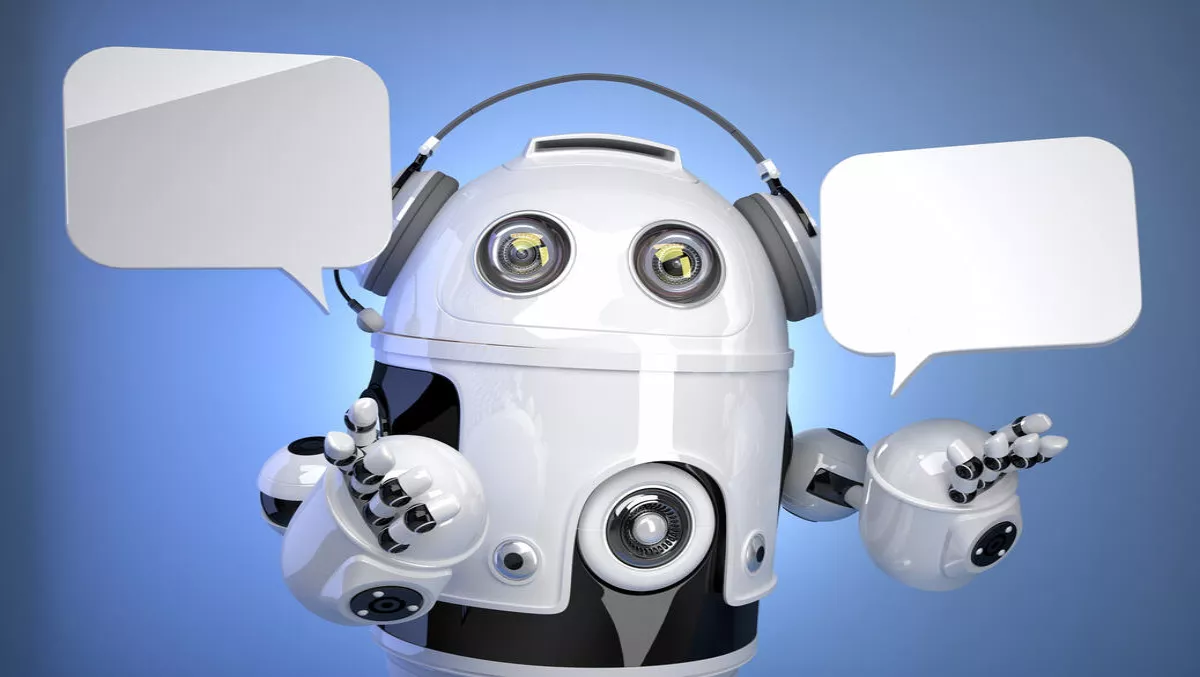
The chatbot comeback – is your business ready?
Despite coming onto the scene way back in 2011, it has only been in the last couple of years that consumers and businesses have started to realise how valuable the chatbot could be to providing customer support beyond our smartphones' famous Siri, Allo, and Alexa.
A chatbot is a messaging application or conversational interface that simplifies predefined tasks. They are seen as fun and functional, but many people are still wondering what the hype is about when they really just look like a messaging service to the uninitiated.
Why business leaders should be assessing the potential of chatbots
Interestingly, research has shown that more people are using messaging services than social media these days, with three billion using the top four messaging apps at the end of 2015 compared to only 2.5 billion on social media at the same time. With this shift, it is commercially sensible for companies to start operating in the same environments as their customers.
Another benefit to using chatbots is the user experience. The simplicity enables companies to capture new audiences on new technology platforms, which may have otherwise been highly challenging. More senior users, for example, may be more familiar with and willing to use an SMS-like communications platform, but may struggle with a more complex user experience.
Companies like Facebook and Kik are already using chatbots within their software to interact with people and provide information. Despite it looking like a simple SMS, there is a lot of technology and artificial intelligence behind these systems, and they are not only enabling easier experiences for users, but also providing further opportunities for the organisations to gain more data and insights into that customers' wants and needs.
The opportunities presented by different types of chatbots
There are two types of chatbots — one functions based on a set of rules, and the other more advanced version uses machine learning. It is this latter type that is still in its infancy, with many amusing anecdotes around in the teething stages.
For example, Microsoft launched an AI chatbot called Tay on Twitter early last year that was designed to interact with and learn from humans. Unfortunately, it started to put out controversial tweets after being manipulated by the Twitter community and had to be taken offline within a day.
The machine learning bot uses artificial intelligence. It understands language, not just commands, and continuously gets 'smarter' as it learns from the conversations it has with users.
The more basic rule-based type, which only functions on a set of pre-programmed rules, may cause some frustrations as it can only respond to very specific commands, and is only as 'smart' as it is programmed to be. For example, it could misunderstand accents or colloquialisms if it is programmed to only understand very specific sounds in specific contexts. Despite these challenges and some negative perceptions of their capabilities, it is important to note that bots have also come a long way and are consistently improving as businesses continue to invest in these technologies.
Current and future applications of chatbots
Teething problems aside, chatbots are already being employed with great success. The Royal Bank of Scotland (RBS) is testing an artificial intelligence (AI) bot called Luvo that is designed to answer questions from staff via web chat. If Luvo is unable to find an answer, it passes the query on to human advisors. RBS hopes Luvo will eventually be able to handle simple customer service tasks.
Chatbots are also being used for a number of day-to-day tasks such as weather bots, grocery bots, news bots, life advice bots, personal finance bots, and scheduling bots. In countries like China, bots are even entering consumers' private lives through a 'friend' bot called Xiaoice, built by Microsoft and used by over 20 million people.
For all of that, bots are still in their infancy, with the global directory of chatbots, chatbots.org, only showing 1,216 listings. However, the potential for businesses to use them to enhance the customer experience is limited only by our imaginations.
Commonplace actions consumers take for granted today, such as doing a simple online web search or submitting an online enquiry, could be replaced with conversation-based interfaces and responses from automated chatbots instead of an expensive and potentially untrained customer service agent at the other end of a long-distance phone call.
With the use of chatbots in our daily commercial interactions growing at a faster rate than ever before, they are a technology that all organisations should be considering because of their ability to cut costs, increase brand loyalty, and enhance customer experiences.

